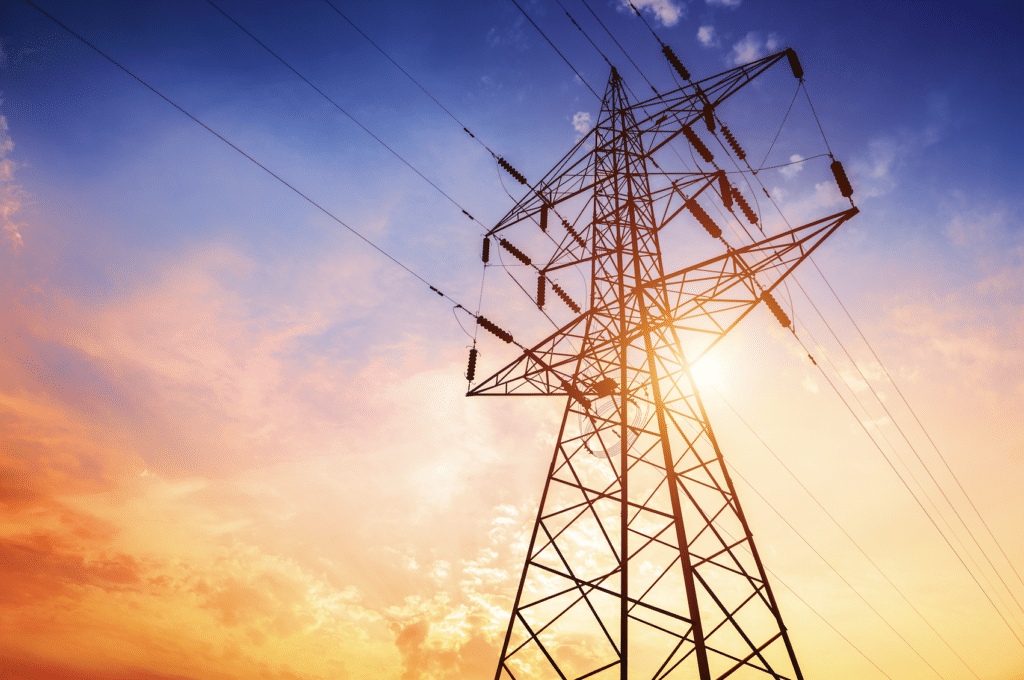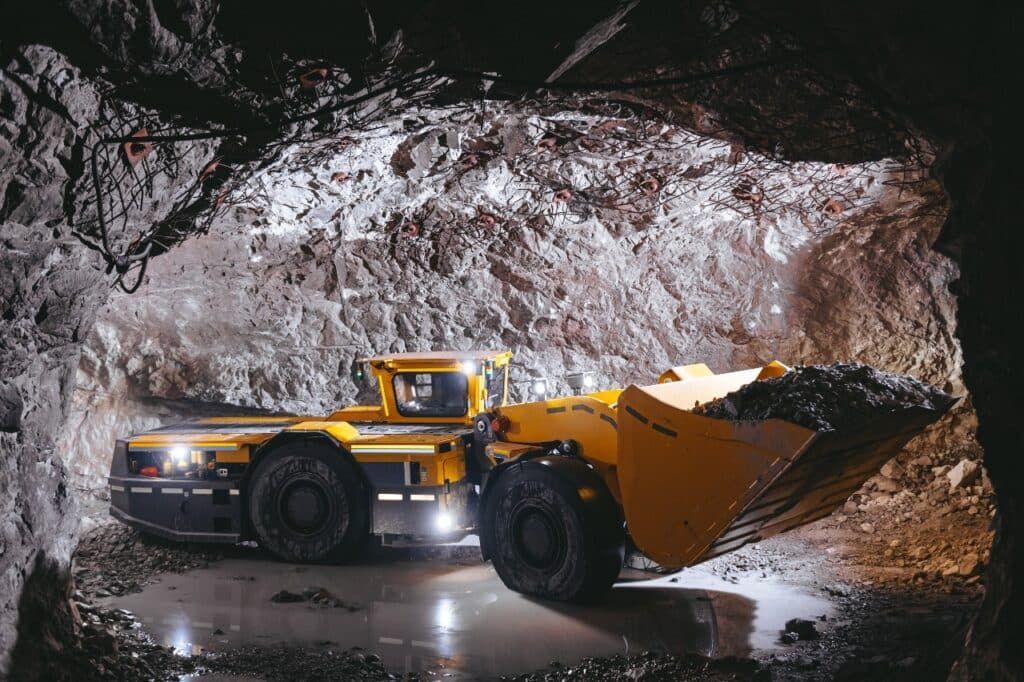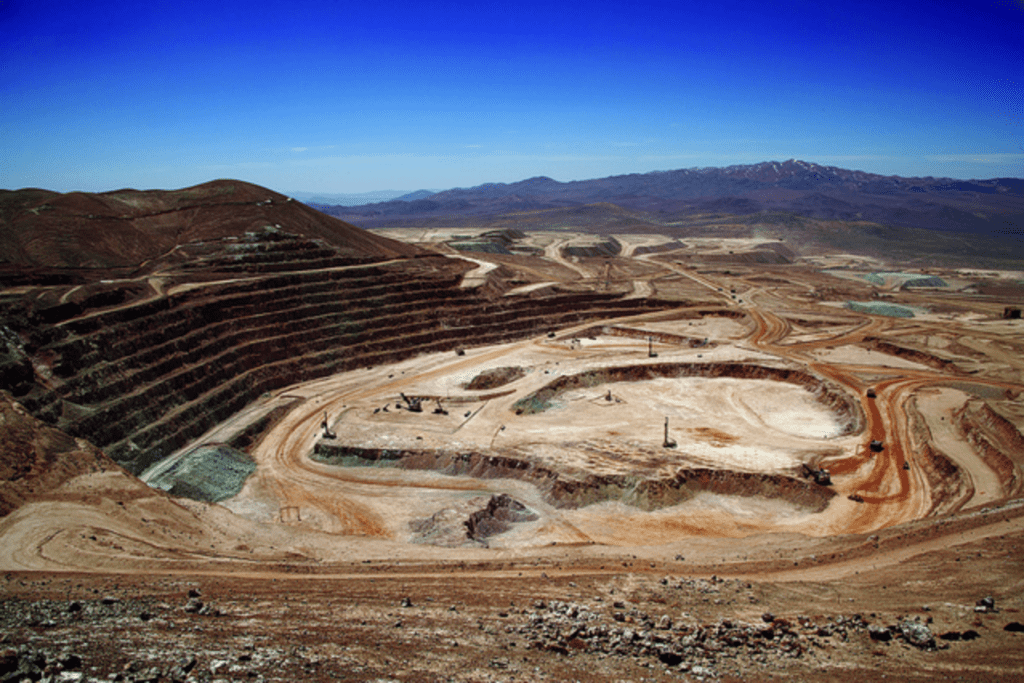A new life for the 15 Mile project
St Barbara has released its pre-feasibility study (PFS) results for its wholly owned 15 Mile project.
The 15 Mile project, formerly known as the Fifteen Mile Stream gold project, is located in Nova Scotia, Canada as part of St Barbara’s Atlantic operations.
St Barbara said the project has been modified from producing flotation and gravity concentrates to delivering gold dore bars through conventional gravity and carbon in leach cyanidation techniques.
“The change of project design allows for the reuse of the existing Touquoy processing plant, reducing the capital expenditure from previous management estimates and improving overall gold recoveries from direct whole ore leach as opposed to leaching of concentrates,” it said.
“The project design layout has undergone a complete revision to achieve minimal disturbance and maximum capital and operating cost efficiency.”
Highlights from the PFS results include the project’s ore reserves increasing by seven per cent to 618,000 ounces, and its mineral resources also increasing by seven per cent to 836,000 ounces.
The project is expected to have a stable production, with an average of 55,000–60,000 gold ounces produced per annum over the 11-year life of mine (LOM).
Post tax, the project’s net present value equals to $198 million, and its rate of return is 20.3 per cent.
Its initial capital of $207 million includes mine pre-production, mine fleet, processing, and infrastructure such as a tailings facility. Its LOM all-in sustaining cost is estimated to be $1445 per ounce.
“With this strong PFS result, St Barbara will now focus on preparation of an updated environmental and social impact assessment for this new standalone design of the 15 Mile project,” St Barbara managing director and chief executive officer Andrew Strelein said.
“St Barbara is looking forward to working with Nova Scotia to create hundreds of well-paid rural jobs and to remediating the historical tailings at the site. The feasibility study engineering is intended to be ramped up as we see progress towards environmental approval with commencement of development entirely achievable in mid calendar 2026.”
Source: https://www.australianmining.com.au/a-new-life-for-the-15-mile-project




